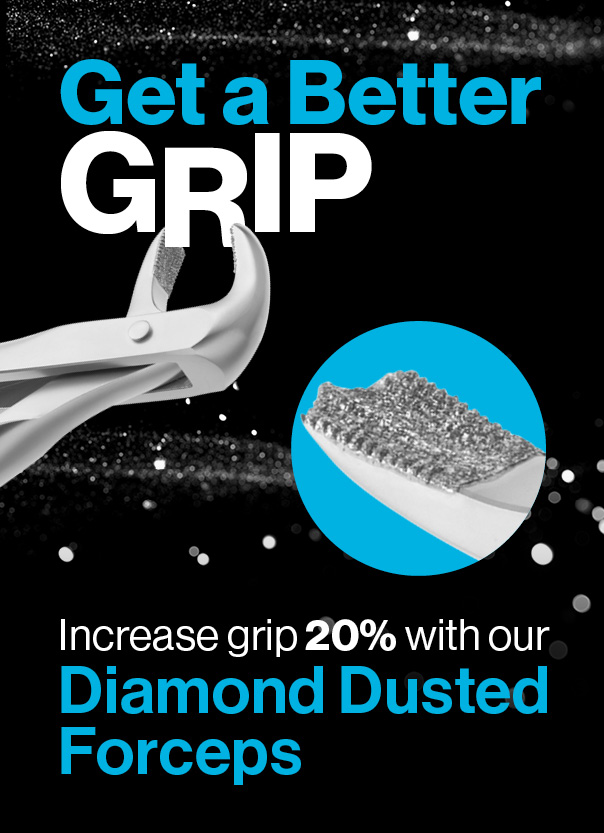Ultrasonic Insights - Fourth Edition
O-Rings and Ultrasonic Inserts: A tiny little ring with great importance!
What is the purpose of an o-ring?
The o-ring on an ultrasonic insert serves as a seal to keep water from escaping or leaking from the handle. In addition, the o-ring helps secure the insert within the handpiece. As the water flows through the generator and into the handpiece, it must have pressure to reach its’ final destination at the tip of the insert. Without an o-ring the water would spill out or leak from the handpiece and the insert likely would not stay seated in the handpiece. Hu-Friedy ultrasonic inserts come with one or two o-rings, depending on insert style.
leak from the handpiece and the insert likely would not stay seated in the handpiece. Hu-Friedy ultrasonic inserts come with one or two o-rings, depending on insert style.
What signs of o-ring wear should I look for?
You should regularly check o-rings for signs of wear. An o-ring surface that looks dry or cracked (see magnified image on the right), or that feels brittle, indicates that replacement is desirable. O-rings that have become loose and/or are no longer confined to the appropriate slot on the stack also require replacement. Clinical signs of o-ring wear include water leaking from the junction of the handpiece and insert. You may also find with a worn o-ring that the insert doesn’t seem as secure in the handpiece or that it pops out during scaling.
What causes o-ring wear?
The extreme heat and cooling that occurs during the sterilization cycle causes the o-rings to expand and contract, resulting in wear. In addition, the continual placement of the insert into and out of the handpiece causes friction and subsequent wear on the surface of the o-ring.
Can I use oil, Vaseline® or other lubricants on the o-ring?
The o-ring should be lubricated with water only. Petroleum based products such as Vaseline® can advance the drying/cracking of the o-ring. In addition, no substance other than water should be introduced into the handpiece as the substance can interfere with the water flow/cooling function of the unit and/or clog the tiny water channel inside the insert. It is important to also note that any type of oil lubricant that makes the insert easier to place in the handpiece can also cause the insert to pop-out as the friction between the o-ring and handpiece is reduced.
How do I change the o-rings on my ultrasonic insert?
To remove the o-ring: Using a pair of dressing pliers, pull the worn o-ring off over the metal stack of the insert. If the o-ring is brittle it may break off during this process. To replace the o-ring: Slide a wide drinking straw over the metal stack. Apply a new o-ring to the bottom of the straw, and roll the o-ring over the straw/stack until it reaches the o-ring slot. Once it is fitted into the slot, your insert is ready to go!
Keep a supply of Hu-Friedy o-rings on hand—they are an effective and economical way to help ensure top performance of your ultrasonic inserts!

I changed the o-rings but the insert no longer stays securely in the handpiece. What is causing this?
Over time, the handpiece itself can become worn and stretched from the frequent insertion and removal of the ultrasonic inserts. Think of shoes that you own—when they are new they are often snug and after repeated wear they can become stretched sometimes ill-fitting. If you believe this to be the issue with your handpiece, your best bet is to replace the handpiece on the unit.
Hu-Friedy ultrasonic inserts are compatible with all SWERV and Cavitron-style generators.
Interested in other posts? Check them out here!
(Cavitron is a registered trademark of DENTSPLY International, Inc.)

